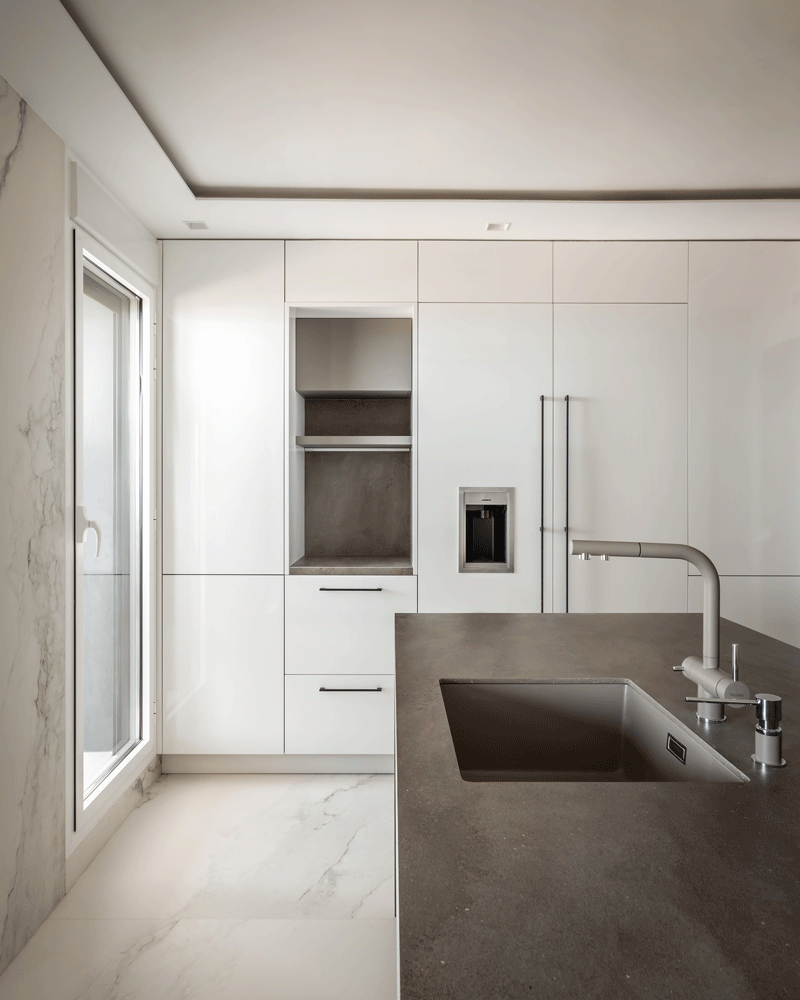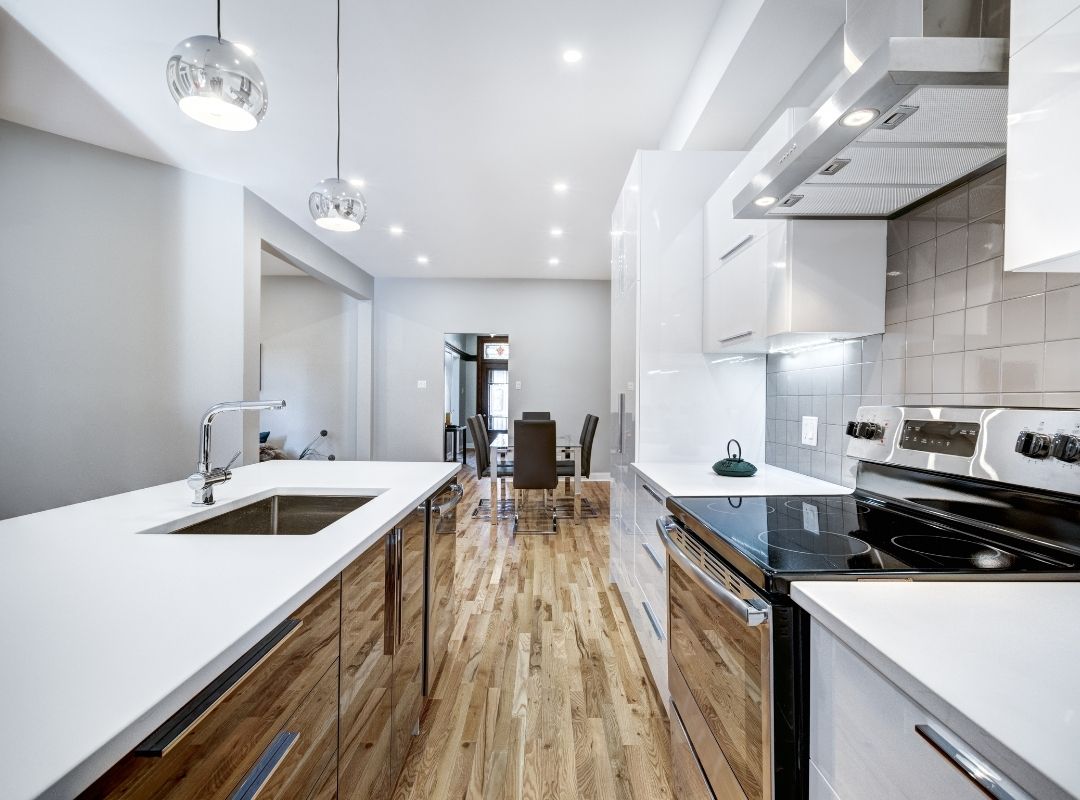
Maria Melissa. @ mariamelissa23 Member Since: 08 Aug 2025
 South Africa
South Africa
About Me
Solar Panel Integration Tips to Boost Your Home’s Value Fast
Routine inspections, cleansing schedules, and distant monitoring systems assist determine problems proactively. Selecting high-quality elements with proven warranties and establishing service contracts minimizes sudden prices and operational interruptions.Economic and Environmental Impact of Solar Panel Integration
Understanding the financial and ecological implications underscores the worth proposition of photo voltaic panel integration. This section delves into return on funding calculations, incentive programs, and the environmental advantages that drive rising adoption amongst property homeowners.
Green renovation materials emphasize thermal efficiency, moisture control, and airtightness, yielding important power savings over a building’s lifecycle. Improved insulation mixed with reflective roofing materials and energy-efficient windows lowers demand http://Porno-Rolik.com/Get_file/aHR0cDovL2JoLXByaW5jZTIuc2FrdXJhLm5lLmpwL2NnaS1iaW4vYmJzL3JlcG9ydGJicy95eWJicy5jZ2k/BGlzdD10aHJlYWQ on HVAC systems. This reduction in utility costs can offset initial material investment, generating optimistic money flows primarily for:
 Historic renovation tax credit typically require that properties are listed on a national or state historic register, and that work complies with standards set by bodies just like the Secretary of the Interior's Standards for Rehabilitation. Qualified renovations must retain key architectural options whereas allowing enhancements to vitality performance, accessibility, or safety.
Historic renovation tax credit typically require that properties are listed on a national or state historic register, and that work complies with standards set by bodies just like the Secretary of the Interior's Standards for Rehabilitation. Qualified renovations must retain key architectural options whereas allowing enhancements to vitality performance, accessibility, or safety.Construction Practices and Project Management for Sustainability
Adopting environmentally accountable construction methods in the course of the construct phase is important to achieving general sustainability targets. Efficient project administration reduces waste, controls emissions, and ensures quality outcomes that support sturdiness and reforma de casa antiga efficiency objectives.
Designing photo voltaic panel techniques that are each efficient and architecturally harmonious requires a nuanced understanding of site characteristics, system applied sciences, and building constraints, alongside a comprehensive planning course of that optimizes vitality output and aesthetic end result.
 With robust design strategies in place, sustainable development methods require cautious consideration of materials, technologies, and reforma de casa antiga building processes that complement and realize the supposed efficiency.
With robust design strategies in place, sustainable development methods require cautious consideration of materials, technologies, and reforma de casa antiga building processes that complement and realize the supposed efficiency.Optimizing Solar Orientation and Site Analysis
The positioning and orientation of photo voltaic panels profoundly have an effect on their performance. Buildings within the northern hemisphere sometimes benefit from south-facing panel installations to maximize sun exposure, whereas the alternative applies within the southern hemisphere. Site-specific components corresponding to shading from vegetation, neighboring constructions, and roof angles demand detailed analysis in the course of the design phase.
 Additionally, materials must comply with applicable international and native constructing codes such as the International Green Construction Code (IgCC) or LEED certification requirements, more and more mandated or incentivized by municipalities. These requirements present frameworks ensuring supplies contribute measurably to carbon footprint reduction and resource conservation.
Additionally, materials must comply with applicable international and native constructing codes such as the International Green Construction Code (IgCC) or LEED certification requirements, more and more mandated or incentivized by municipalities. These requirements present frameworks ensuring supplies contribute measurably to carbon footprint reduction and resource conservation.Cellulose Insulation: Made from recycled paper treated for hearth resistance, cellulose presents efficient thermal resistance and soundproofing at a competitive value.
Sheep’s Wool: A pure insulator with moisture-regulating properties that reduce threat of mold and condensation.
Cork: Renewable, biodegradable, with wonderful thermal and acoustic performance, ideal for flooring and wall functions.
Spray Foam Alternatives: New formulations with low international warming potential (GWP) and no ozone-depleting substances improve traditional foam insulation whereas addressing environmental downsides.
Cutting-edge research focuses on supplies using microorganisms, bio-polymers, and nanomaterials to enhance strength, air pollution absorption, and self-healing capabilities. Examples embody bacteria-infused concrete that seals cracks autonomously and photocatalytic coatings that degrade air pollution.
Building Envelope Optimization
The building envelope—comprising partitions, roofs, windows, and insulation—is a important factor influencing thermal efficiency. Advanced envelope design incorporates high-performance glazing, hermetic construction, and steady insulation to reduce air leakage and thermal bridging. Employing green roofs or cool roofs mitigates urban heat island results while bettering runoff administration. These enhancements protect internal temperatures extra persistently, reducing utility costs and increasing equipment lifespan.
Adopting a lifecycle perspective to reduce environmental footprint from material sourcing by way of end-of-life.
Implementing passive design strategies that harness natural energy flows for heating, cooling, and lighting.
Selecting low-impact, sturdy, and recyclable materials to reduce embodied carbon and waste.
Incorporating renewable vitality and sensible constructing technologies to optimize vitality consumption and indoor environmental quality.
Applying construction best practices that minimize waste, emissions, and schedule impacts while safeguarding high quality.
Ensuring steady commissioning and maintenance to take care of performance and lengthen building lifespan.
Designing for flexibility to adapt buildings simply to future practical and regulatory changes.

